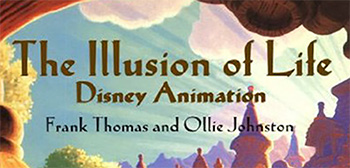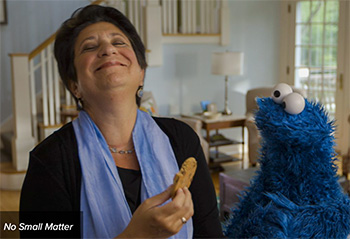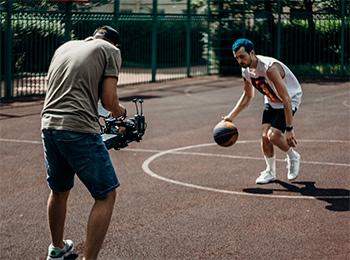… for Random Weirdness
Tip #1602: Animation Fundamentals
Larry Jordan – LarryJordan.com
Animation is all about getting the details right. These are the details.


This article, written by John Rodriguez, first appeared in PremiumBeat.com. This is a summary.
Implementing the fundamentals of animation is no easy task. Here’s a quick guide to understanding and applying the basics in animation.
Disney animators Ollie Johnston and Frank Thomas put together twelve animation fundamentals in their book The Illusion of Life. When I first studied these fundamentals, I realized that there were so many details in life I never saw. Since we’re so familiar with all the motion in our day-to-day lives, we become blind to the details.
- Easing. Nothing moves in a linear fashion. As an object moves, it accelerates and decelerates, also called easing. In animation, you’ll have more frames of an object condensed in a smaller area at the beginning and end of the movement.
- Anticipation. Anticipation is basically the action before the main action. You can see an example of anticipation in Pixar Studio’s opening animation. When the lamp shrinks down to get ready to jump on the letter, that hesitation is anticipation. Without the buildup of energy, the proceeding motion wouldn’t feel natural or believable. Anticipation is definitely one of the hardest fundamentals to get right.
- Follow-Through. Follow-through and anticipation are sort of the same thing, but on opposite ends of the action. Inertia is introduced with follow-through. Follow-through helps your object obey the laws of physics. The object can bend, stretch, and jiggle to indicate this motion. You can use this to help give hints at what material your object is made of.
One thing people don’t keep in mind is that these fundamentals apply to all motion media. From 3D to cell animation, think of the twelve fundamentals of animation as the bible for motion design.
EXTRA CREDIT
The link above includes a video where the Disney authors outline all 12 principles of animation. It is well worth watching.












